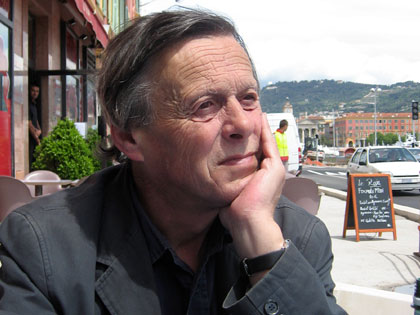Long before I ever set foot in Paris, Ernest Hemingway’s memoir of his life there in the 1920s had begun my love affair with the French capital. Published in 1964, three years after the author’s suicide, its loving evocation of a vanished time and a vibrant place and its gossip about the writers and artists encountered in the city of light proved irresistible to a romantic young mind, and the book has remained in the affections of anyone who read it at an impressionable age.
However, according to the author’s son Patrick and grandson Sean, the book we know and love is not quite what Hemingway had intended, and so Sean has now produced a revised version that, he claims, is closer to what the writer would have wished if he’d been in a position to decide on the final shape of his manuscript.
The villain here apparently, though she’s never so described, was Hemingway’s last wife, Mary, who was responsible for the version that’s been in print for the last 46 ears and who seemingly had her own personal agenda with regard to her husband’s earlier life. According to Sean Hemingway, she and Scribner editor Harry Brague made “significant changes” to the manuscript by deleting some passages Hemingway had meant for publication and inserting material that he had decided shouldn’t be included.
Even the title, Sean Hemingway insists, was imposed by Mary, who took it from a letter her husband had written in 1950 to a friend – A.E.Hotchner, later to become his biographer – in which he said “If you are lucky enough to have lived in Paris as a young man, then wherever you go for the rest of your life it stays with you, for Paris is a moveable feast.”
That quote, now famous, has been on the title page of every edition of the memoir since its first publication, but it’s missing from the frontispiece of the new edition. Otherwise, though, not too much has been tinkered with, though the much-remembered final chapter, ‘There Is Never Any End to Paris’, is no longer given such significant resonance – its first section shunted back four chapters and its celebrated last paragraph (“There is never any ending to Paris”) dismissively consigned to an appendix.
Scholars and Hemingway completists may welcome this new edition, which includes a number of sketches discovered among the author’s papers and not included in the 1964 version. And they may be intrigued by some of the insertions and deletions that have been made by the new editor in the main body of the text, though most of these seem to me both fussy and unnecessary.
Indeed, I don’t really see the point of this edition beyond its obvious commercial benefits for the Hemingway estate, though from Patrick’s foreword and Sean’s introduction there’s also the distinct sense of private scores being settled.
Such matters are of no interest to the general reader, who should be quite content with the book that everyone has known for almost five decades – a book that in its devout act of remembering, its beautiful prose and its unforgettable portraits of Scott Fitzgerald, Wyndham Lewis, James Joyce, Ezra Pound, Gertrude Stein and Ford Madox Ford remains one of the loveliest evocations of a great city and of the people who once lived there.
